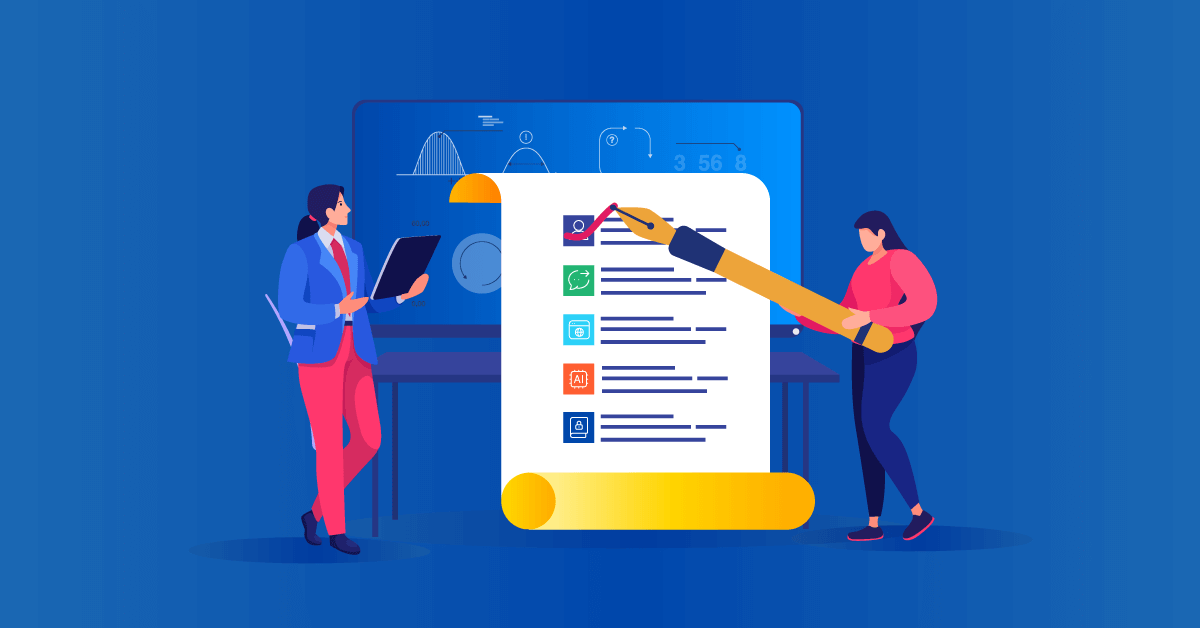Learning styles are not a new adult learning concept. In fact, psychologists have been discussing the categorization of learning environments according to learner types.
Previously, these concepts were thought to be possible only in the live learning environments. But with the proliferation of educational technology tools, all popular learning styles can be catered.
In this article, we show you how!
Not all adult learners learn alike! We all are unique in our level of assimilating information, applying it, connecting it with past experiences, recalling it and even perceiving it.
We all have different preferences for learning. Some of us like watching visual material to learn, some of us prefer hearing, while others want a hands on – a learning-by-doing method of learning.
As adult learners, we do have one basic learning need in common: whatever learning journey we embark on, it should lead to meaningful application, a value that can be utilized in our professional and personal context.
Another set of discriminating factors among learners is the preference towards testing and assessments. While some of us are comfortable with the regular multiple choice quiz, most of us resent the recalling exercises associated with these quizzes. Comprehensive tests are also a big no-no for most learners. Developing team-based projects that build over the span of the course are popular with some learners.
With so many strategies available to instructional designers, how do we determine the optimal route that pleases all learners enrolled in a given course? What is the best way to determine an eLearning strategy within your course?
Simple. It’s called “differentiated instruction” and it meets the individual needs of learners. It involves customizing the eLearning content development process, so that the content is delivered in multiple formats or styles. In short, it allows instructional content to be conveyed in a way that is preferred by individual learners.
The question is, how is it possible to create instruction that caters to the individual needs of all learners?
Let’s first identify the established needs of individual learners. Then we will share five best practices to include in your eLearning project design to yield a differentiated instructional aspect to your course.
Diverse Learning Needs
Learners have varying areas that need improvement. Some may struggle with reading comprehension, some may struggle with technological challenges. Also, learners may absorb information at their own pace. Some need more time while some need less. As an instructional designer, you need to be prepared for such diversities.
Continued Support through Assessments
Online instructors need to assess learners periodically to determine progress and take any remedial steps needed for improvement.
Collaboration in Groups
Group exercises that combine different competency levels of learners are essential to help learners connect with peers, eradicate isolation and also learn from each other’s experiences.
Empowering Learners
Enable your learners to decide which topics to tackle first in your course. This helps them manage their time and resources more effectively. It also creates active participants that have more control over their learning.
5 Tips for Applying Differentiated Instruction in eLearning
Now that you are more aware of the differences between learners, you can easily incorporate these tips in your instructional design.
1. Create a self-paced learning environment
Provide an estimated time to complete the course, but allow your learners to progress at their own speed. Enable others who move through tasks and activities more quickly to proceed through the course.
Provide ample support to slower learners. For timed quizzes and other assignments, provide post reflection activities that enable slow learners to internalize concepts better. This will also enable advanced learners to share their valuable experience with others.
2. Offer extant learning resources and online tools for learning
Make sure the links, supplemental guides, research papers and multimedia you provide are current and functioning. Slower learners will appreciate extra resources, while advanced learners will enjoy additional information. Offer some prerequisite material for slower learners to go through. This will help them catch up faster. Create a forum for peer-based or subject-matter support for learners to connect and receive feedback.
3. Encourage learners to create their personal road maps to complete the course
Request learners to create a customized learning plan to complete the course. Review their plans with them and offer guidance and edits if needed. Also, request a timeline with milestones and their tentative dates.
Towards the end of the course, ask your learners to submit a reflections statement on whether they achieved their goals or not. Provide additional support to help them achieve the desired outcome.
4. Determine any unique needs in your learners
This is the most important step towards establishing a differentiated instruction for diverse learners. Before you can provide support to your learners, you will need to identify a list of individual needs.
Conduct surveys to uncover expectations and learning gaps. Create action plans to meet their requirements within your course. The best time to do this is in the beginning of the course, when learners are hopeful and eager to share their concerns and aspirations from the course.
5. Establish clear learning expectations from the beginning
Develop a set of clear instructions that state what real world benefits the eLearning course can provide. Also provide the value in the job market and how they can apply the knowledge in the real world settings.
While it is practically impossible to cater to all of the needs of all your learners, who may be scattered worldwide, these best practices will help you create an eLearning experience that is comfortable to most of your learners.
Creating an eLearning course for different learning styles is a challenge. While you don’t have to create a course three or four times for each learning style, what you can easily do is, provide something for everyone!


